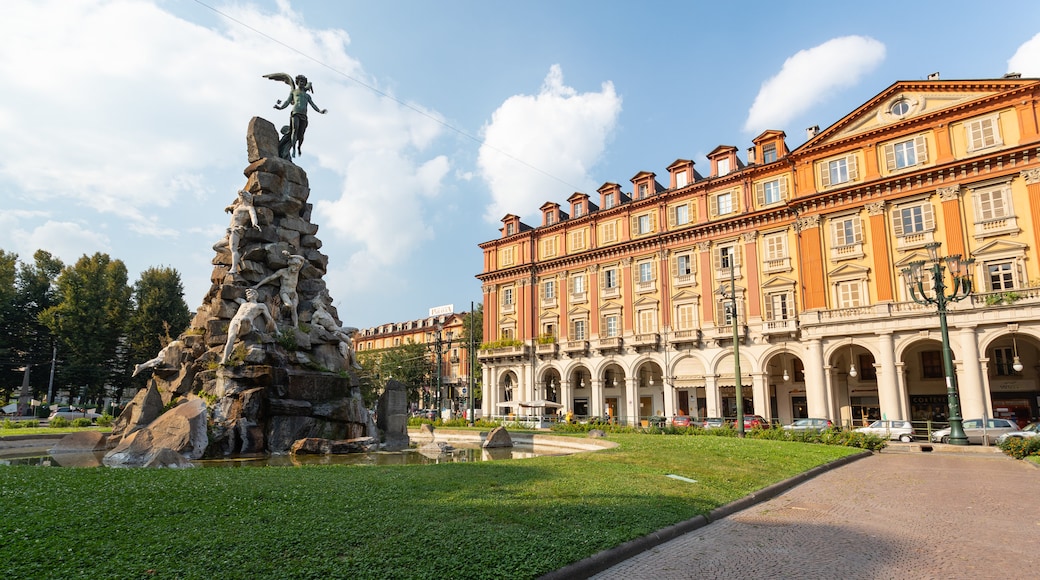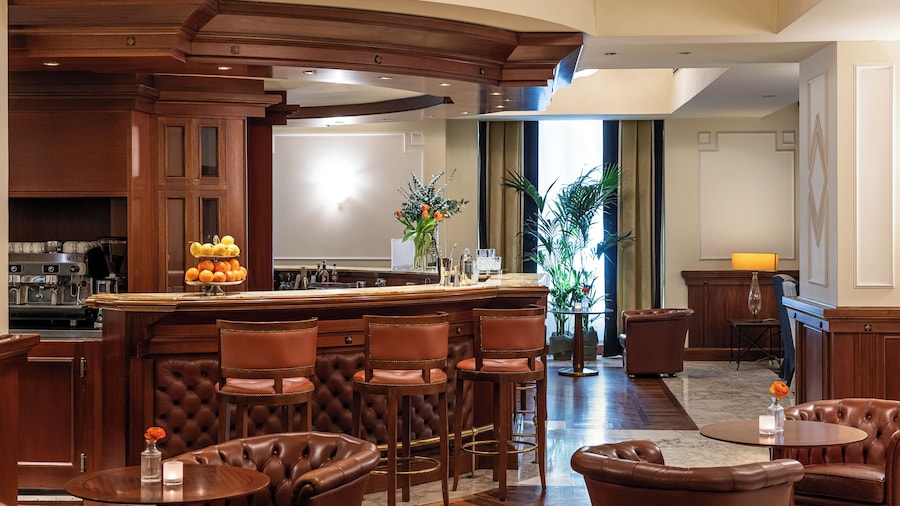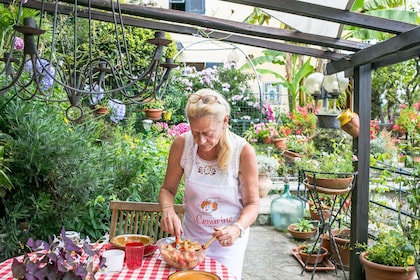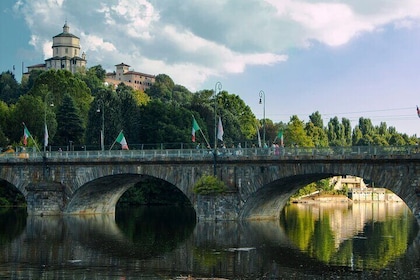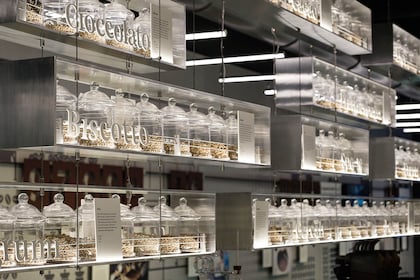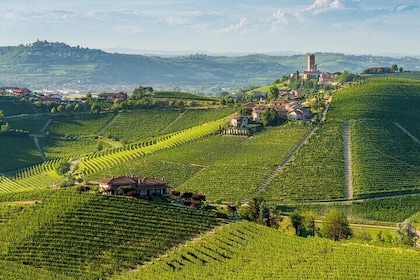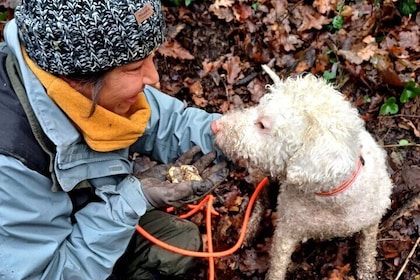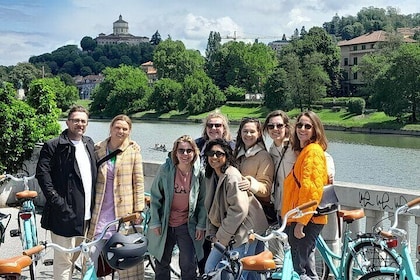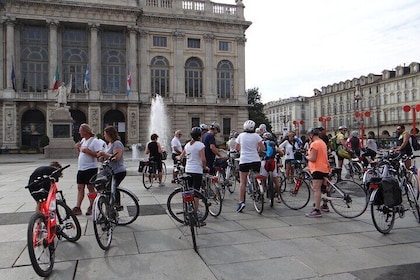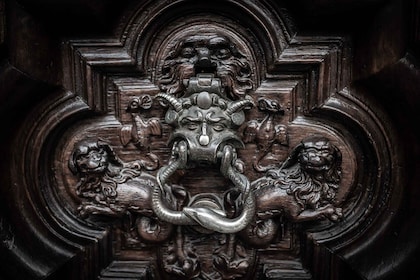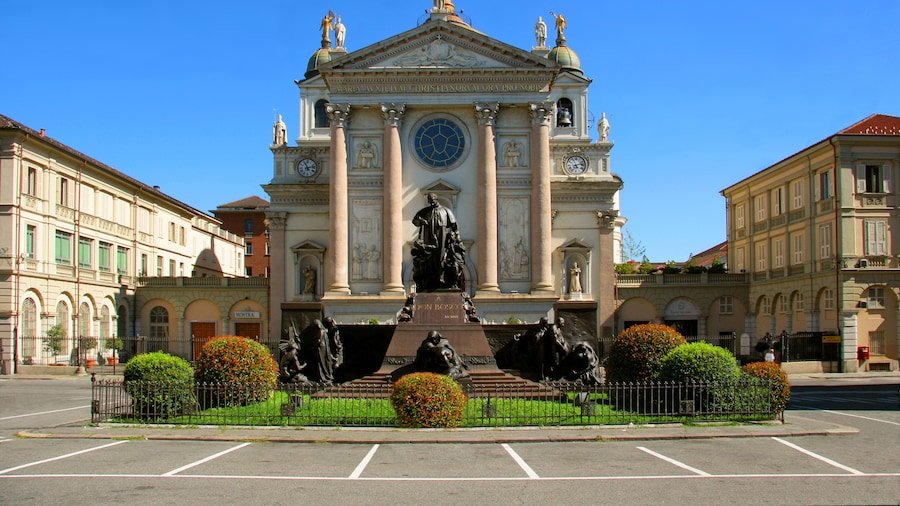Completed in 1864, Piazza Statuto was the final structure to make up theold center of Turin. By that time the three other major piazzas had beencompleted: Piazzas Repubblica, Vittorio and Carlo Felice. Today, PiazzaStatuto’s Baroque style and iconic red facades surround numerous monuments andgardens. Cafés and restaurants fill much of the shop space and offer nice vantagepoints to this busy central square.
Make your way to the center of the piazza where you’ll find the monumentto the builders of the Frejus Tunnel, one of the first railway tunnels totravel underneath the European Alps. The monument was constructed with bouldersremoved from the Alps and is a symbol of the determination and effort that wasput into completing the incredible feat. Stroll through the gardens in thecenter of the piazza or sit back and relax to watch the world go by.
The history of the Piazza has been rather mixed, with aparticularly dark period occurring during the French occupation. A Gothic monumentnow stands in the spot where a French guillotine once operated. Dating evenfurther back, a Roman necropolis is buried beneath the roads, a sign of the ageof this ancient city. These two periods have given the piazza a mysticalreputation. Some locals consider it a place of dark magic and others associateit with the “gates of hell.”
Despite this dark reputation, the piazza remains a busyplace with locals and tourists alike appreciating the monuments andarchitecture of the surrounding buildings. Start your morning or take a mid-afternoonbreak with a classic Italian espresso at one of the many cafés lining thepiazza. Then investigate the local stores nearby.
While you enjoy the views aboveground, workers may be busy belowgroundcompleting three levels of construction that will allow the piazza to be usedstrictly by pedestrians. Soon there will be an underground auto bypass, asubway and a high-speed train to Milan.
Getting to Piazza Statuto is easy, with plenty of tram andbus connections from throughout Turin.
